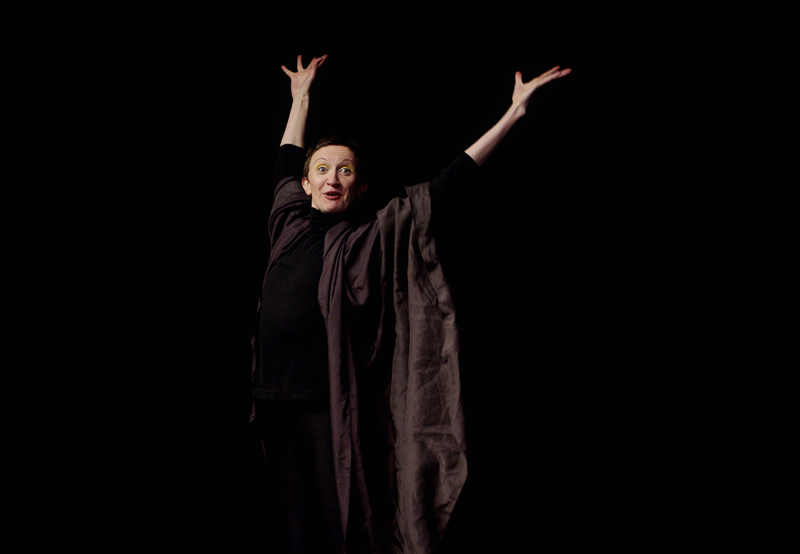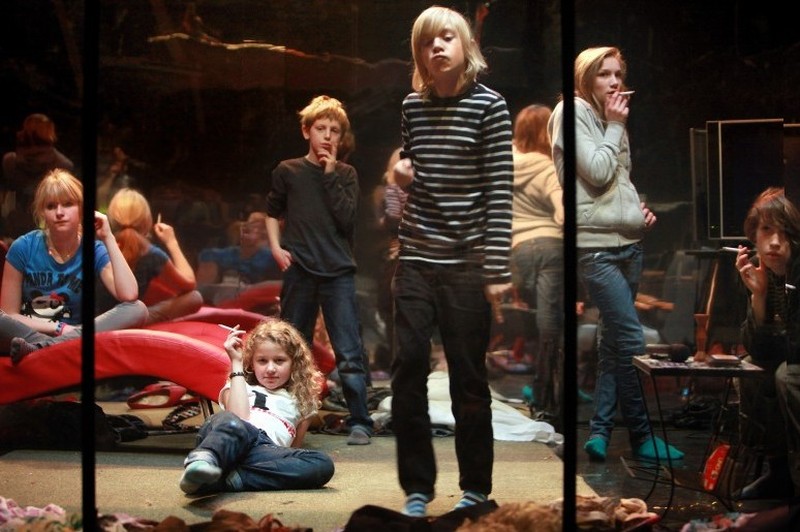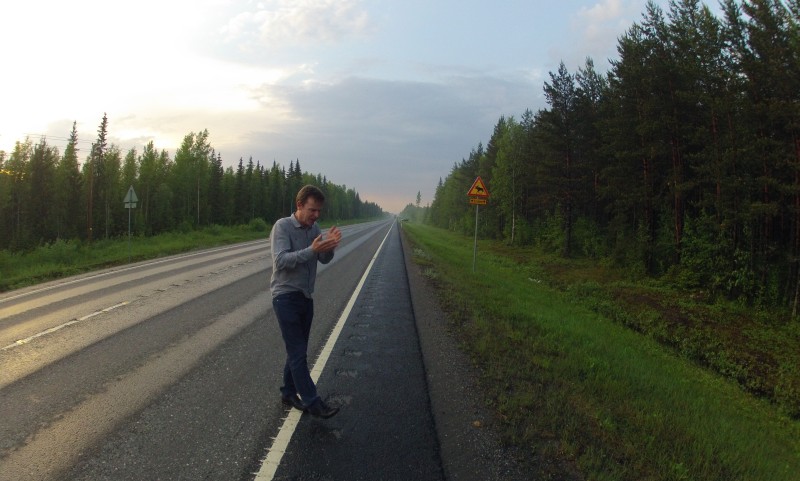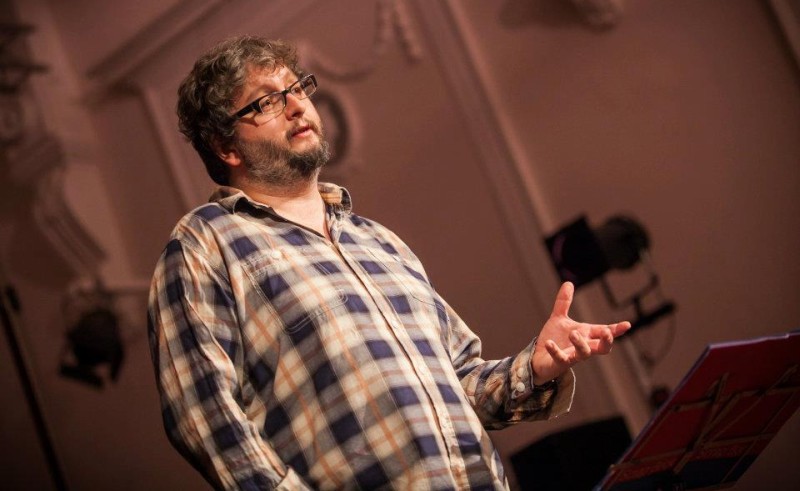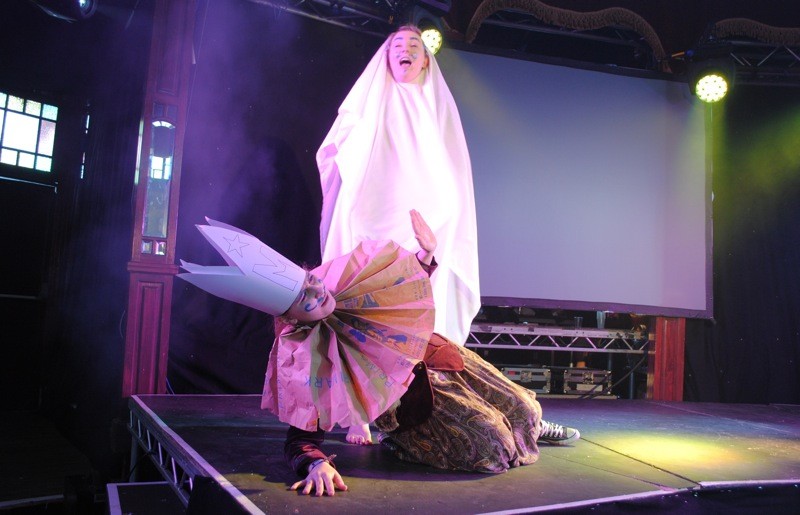 Matt Rudkin’s Happy Clap Trap variety night was winkled out from its familiar tiny stage at Brighton’s Marlborough Theatre for a one-off festival special at the Spiegeltent.
Matt Rudkin’s Happy Clap Trap variety night was winkled out from its familiar tiny stage at Brighton’s Marlborough Theatre for a one-off festival special at the Spiegeltent.
The audience was rather scattered around the space; the Mayor and her entourage hiding in a back booth. A wise decision, given the over-enthusiastic antics of Moth-woman (Sarah Delmonte) and Spider-man (Joe Kenny), whose role it was to grapple acts off the stage if they overran.
Compere Matt Rudkin is a senior lecturer in Theatre and Visual Art at the University of Brighton, ex-street performer, puppeteer and maker of the peerless Naïve Dance Masterclass with Silvia Mercuriali. He opened the show as a disco-robot dancing to Totally Automatic and later appeared with his manikin puppet, manipulated out of sight by Annie Brooks. We were encouraged to make monkey noises or scream rather than clap as acts appeared, and did so with brio.
First up was Big Mac Beth, a confrontation over a tenner between the Scottish king and the wobbly ghost of Banquo. Seren Fenhoulet and Elicia Walpole, current students, performed with gauche confidence, a nice line in surreal patter and good visual gags.
Mr Phil Lucas does a quick-fire image based set, with clever graphics, a scampi mitten and some stabs at popular culture. He shows footage of himself falling over in rehearsal. He shows it twice.
‘You, you can look at me,’ declaims Marion Déprez to an audience member. She is an overly pretty French woman who wants to be Tommy Cooper. Marion transforms from stern to ingratiating in seconds and is a natural clown.
Phil Jerrod does a slick comedy routine, starting with a riff on beards. It is sharp and witty observational material, imaginative and funny. It feels a bit too slick in this slaphappy environment, but it is good that he mingles with the audience.
It seems rather self-congratulatory to read a story written when you were seven to a paying crowd, but Fraser Geeson’s added lavish sound effects bring out the silliness of it.
Also present tonight are David Bramwell on Tibetan Lama Lopsang Rampa (aka Cyril Hoskin, a plumber from Devon) and Lucy Hopkins reprieving her La Vie en Rose piece from Le Foulard.
In all there was lots to enjoy here and all the acts were of a high standard. In comparison to the regular Happy Clap Trap night there was more stand-up than performance. The mix would have been even stronger with a bit more of the bizarre, off kilter live-art and less show plugging.

